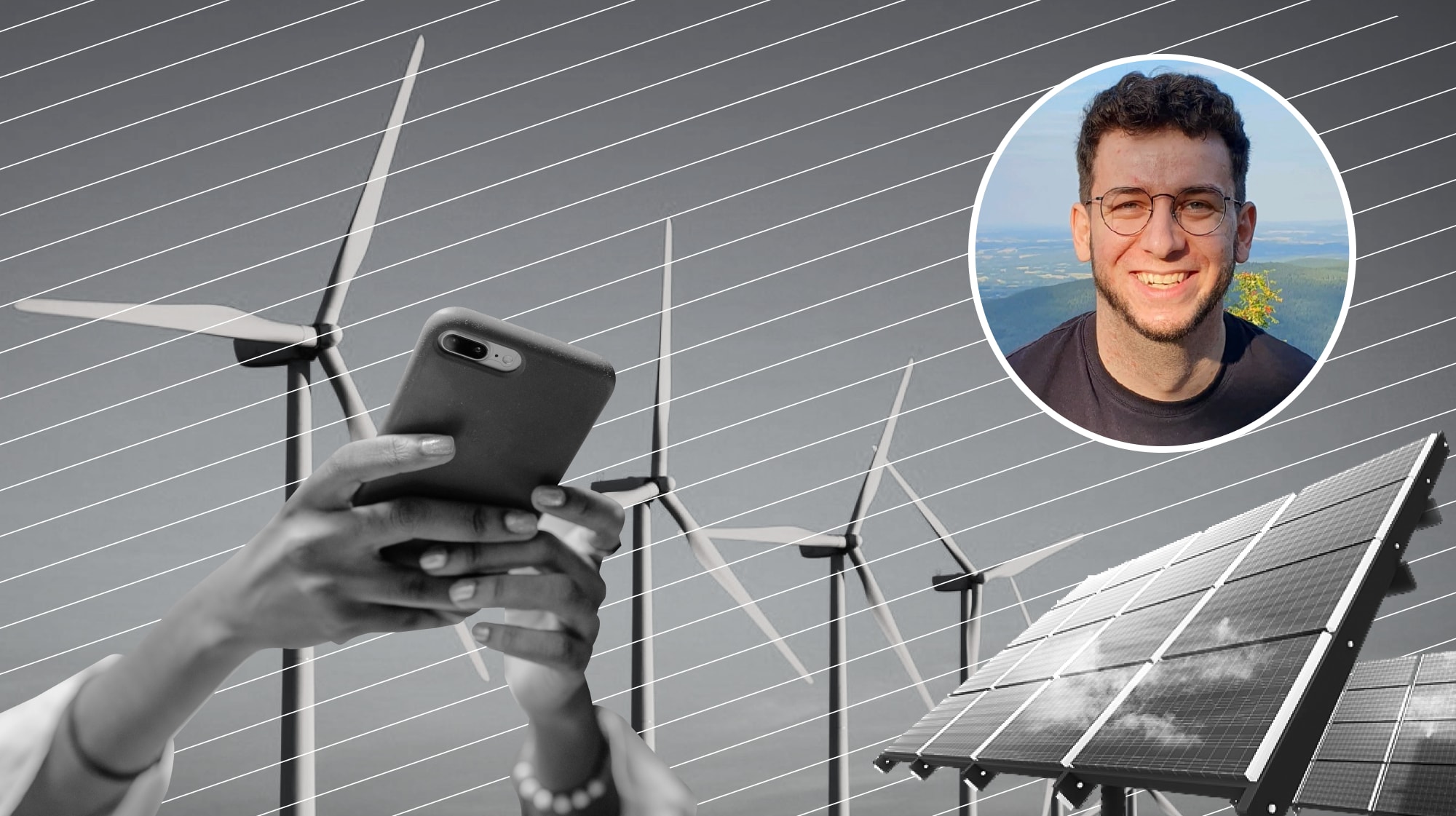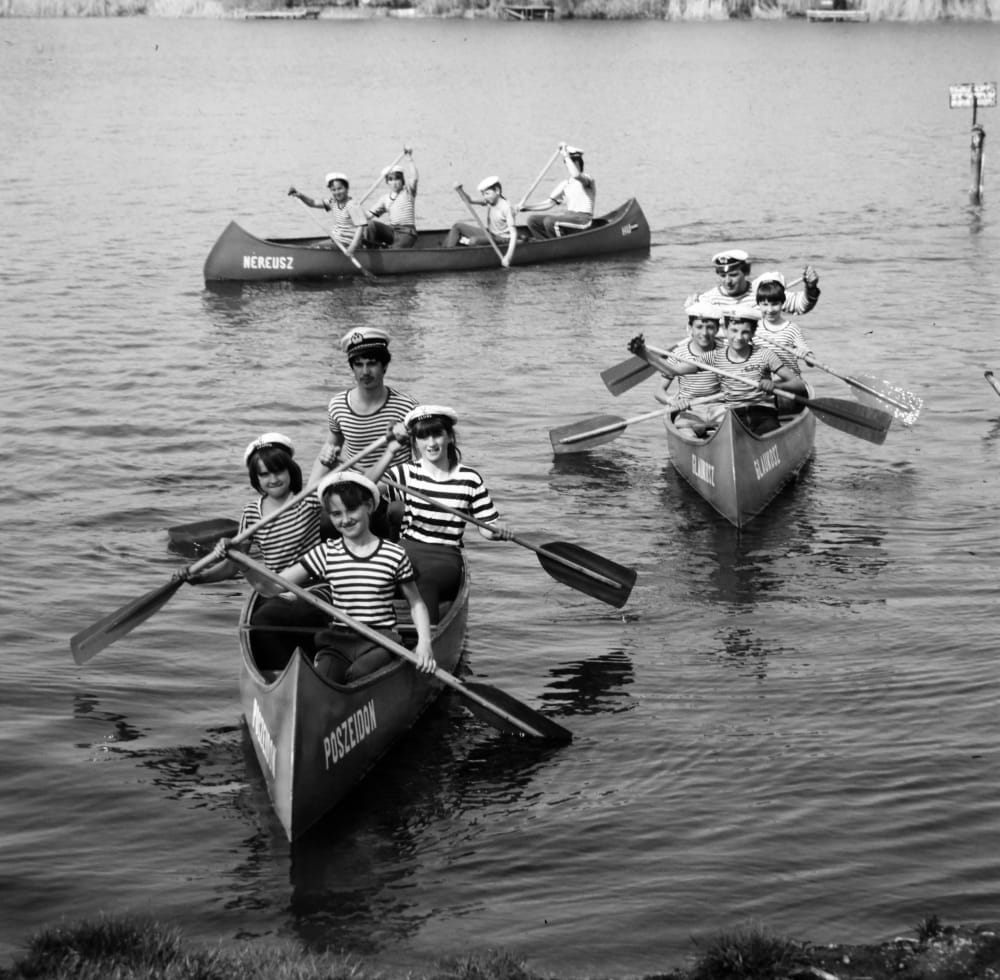User experience (UX) in renewable energy apps – a conversation with Andrii Nozdrin
As the renewable energy sector grows at an unprecedented pace, digital products play an essential role in helping users monitor, optimize, and manage their energy consumption. However, designing effective user experiences (UX) for these solutions presents unique challenges. How do you simplify complex energy data? How do you balance the needs of highly technical users and everyday consumers? And how can an intuitive UX drive greater adoption and engagement in this sector? In this episode of Around the Product Development, we speak with Andrii Nozdrin, an experienced product designer at Boldare, who has worked extensively on renewable energy solutions. Join us as we dive into this discussion—read the full transcript below or listen to the complete episode for deeper insights!

Table of contents
Oskar (Host): Welcome to Around the Product Development, our weekly series where we dive deep into the world of digital product creation—all in just 25 minutes. Here, we explore every stage, from ideation to conversion and monetization, providing practical insights and knowledge for product teams.
Each week, we bring fresh perspectives from industry experts, giving you a chance to learn from their hands-on experience. This series is made possible thanks to our Agile Product Builders Community, a Slack community powered by Boldare, a team of digital product creators and consultants. Today, I’m excited to introduce our guest, Andrii Nozdrin, a talented product designer at Boldare with extensive experience in designing user-centric digital solutions.
Andrii has played a pivotal role in shaping intuitive and engaging user experiences across different industries, but today, we’ll focus on the unique challenges and opportunities in designing for the renewable energy sector. Before we jump into the discussion—welcome, Andrii! Could you start by telling us a bit more about yourself and your role at Boldare?
Andrii (Guest): Hi Oskar, of course! Thanks for having me.
As you mentioned, I’m a product designer at Boldare, with over five years of experience. Nearly half of that time, I’ve been working with renewable energy companies, designing solutions for businesses entering the market with PV panels, battery storage, and integrated energy systems.
And a fun fact—I’m actually broadcasting from Poznań today!
Oskar: That’s great! For some additional context—at Boldare, we’ve designed and developed dozens of digital products for the energy sector, from customer portals and mobile apps to software solutions for electric chargers, solar panels, and wind turbines.
We’ve also supported large-scale digital transformation projects in this field. That’s why today’s topic is so relevant—experts like Andrii have hands-on experience in overcoming UX challenges in this space.
Why UX is crucial in renewable energy apps?
Oskar: Let’s start with the big picture. Why is UX so critical in renewable energy apps? This is a fast-growing market—how does UX impact adoption and effectiveness?
Andrii: There are several reasons, but at the core, UX determines how accessible, engaging, and effective these digital solutions are.
One of the key challenges is simplifying complexity. Renewable energy systems—such as solar panels, battery storage, and grid management tools—generate huge amounts of technical data. If users don’t understand that data, they can’t make informed decisions. A well-designed UX bridges that gap, translating raw data into clear, actionable insights that allow users to optimize their energy usage.
Another important factor is engagement. A good UX ensures that an app is not only functional but also pleasant to use. If an app is easy to navigate and visually appealing, users are more likely to interact with it regularly. This is crucial because frequent interaction helps users monitor their energy systems effectively, optimize performance, and detect potential issues before they become problems.
Finally, UX plays a vital role in education and awareness. Many users are new to renewable energy, and they need guidance to understand how their systems work and how they can maximize efficiency. By integrating educational content in a user-friendly way, UX increases user confidence, making adoption easier and more effective.
Biggest UX challenges in renewable energy apps
Oskar: That makes a lot of sense. Let’s talk about the main UX challenges in this sector. What are the most significant obstacles you encounter?
Andrii: One of the biggest UX challenges in renewable energy apps is managing the vast amount of data available.
Oskar: Right. And that means a lot of information for users to process, correct?
Andrii: Exactly. The challenge is not just collecting data but making it usable and relevant.
Oskar: So, how do you address this?
Andrii: We apply a layered approach. We offer a high-level overview for non-technical users, so they get the essential information they need without feeling overwhelmed. But at the same time, we provide power users with more detailed analytics, allowing them to dig deeper if they want to. This way, the app remains accessible for beginners while still meeting the needs of advanced users.
Final thoughts & advice for product teams
Oskar: If someone from the renewable energy sector is considering building an app, what advice would you give them?
Andrii: First, invest in user research—not just through surveys, but by gathering real hands-on insights. Talk to installers, homeowners, and technicians to understand their pain points and actual needs.
Second, watch out for data overload. It’s easy to fall into the trap of showing too much information. Instead, focus on presenting the most relevant data in a way that’s intuitive for users.
Lastly, test constantly. The renewable energy industry evolves rapidly. What works today might not be as effective a year from now. Regular user testing and iteration are essential to keeping your UX fresh, intuitive, and aligned with user expectations.
Oskar: That’s great advice. Thanks, Andrii, for this insightful conversation!
Andrii: Thank you for having me!
Share this article:






